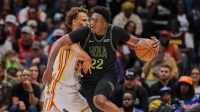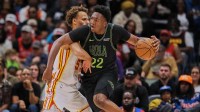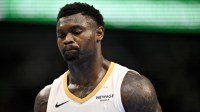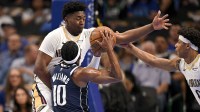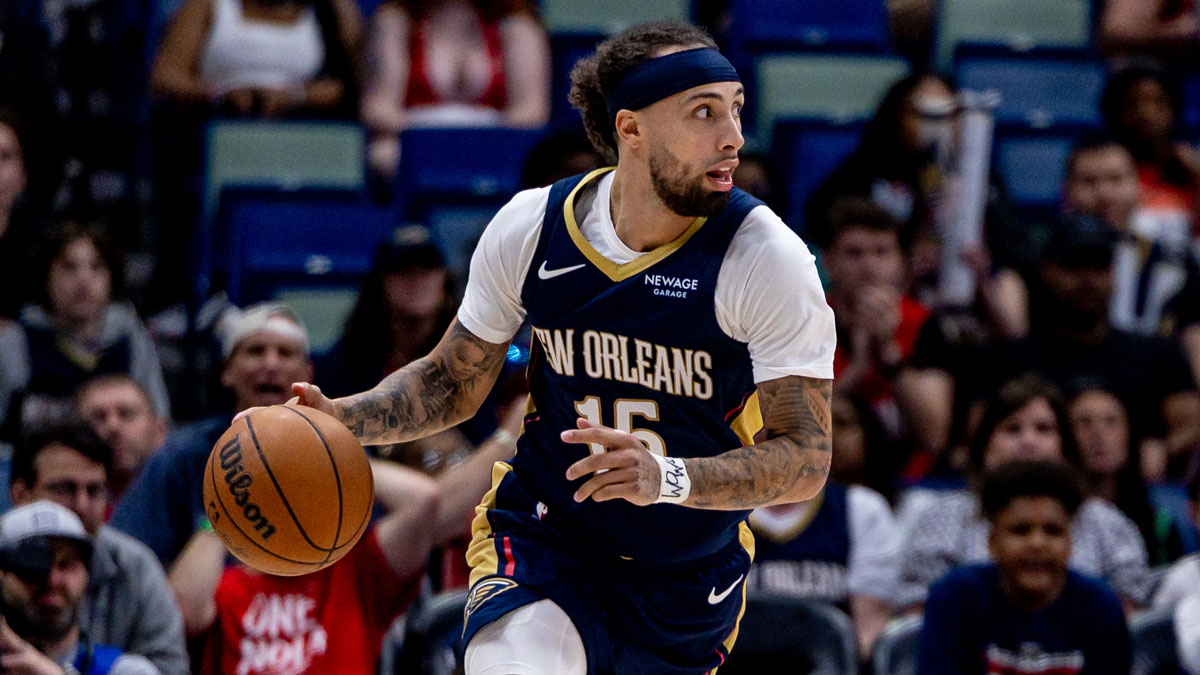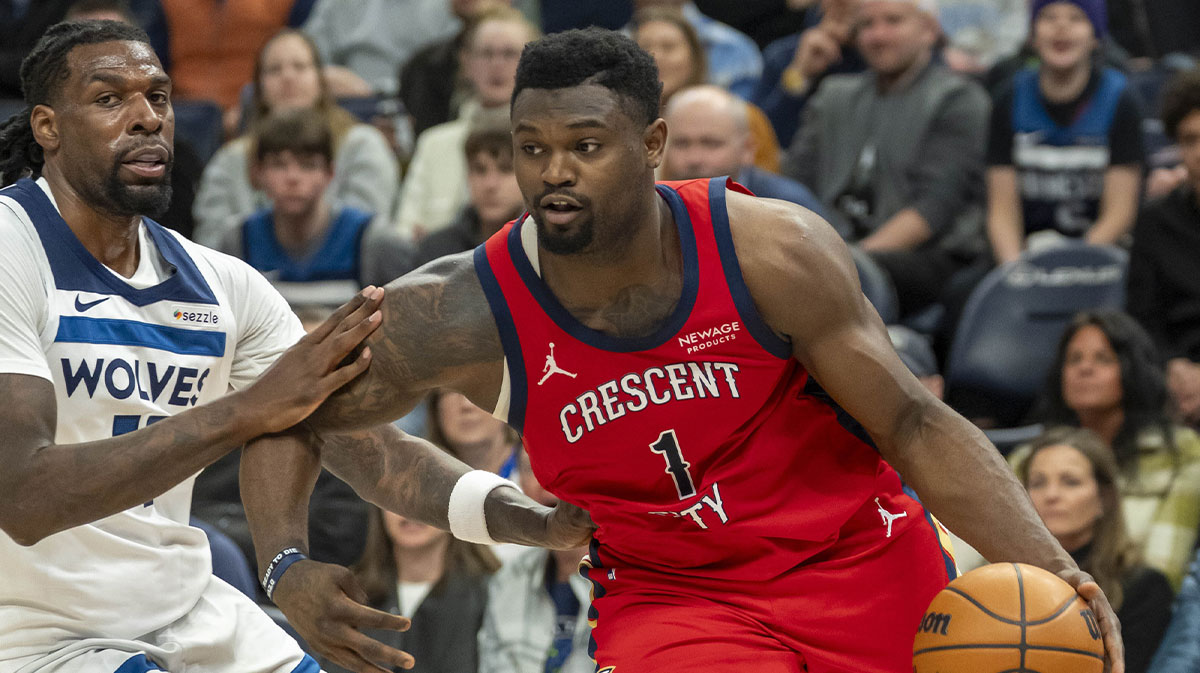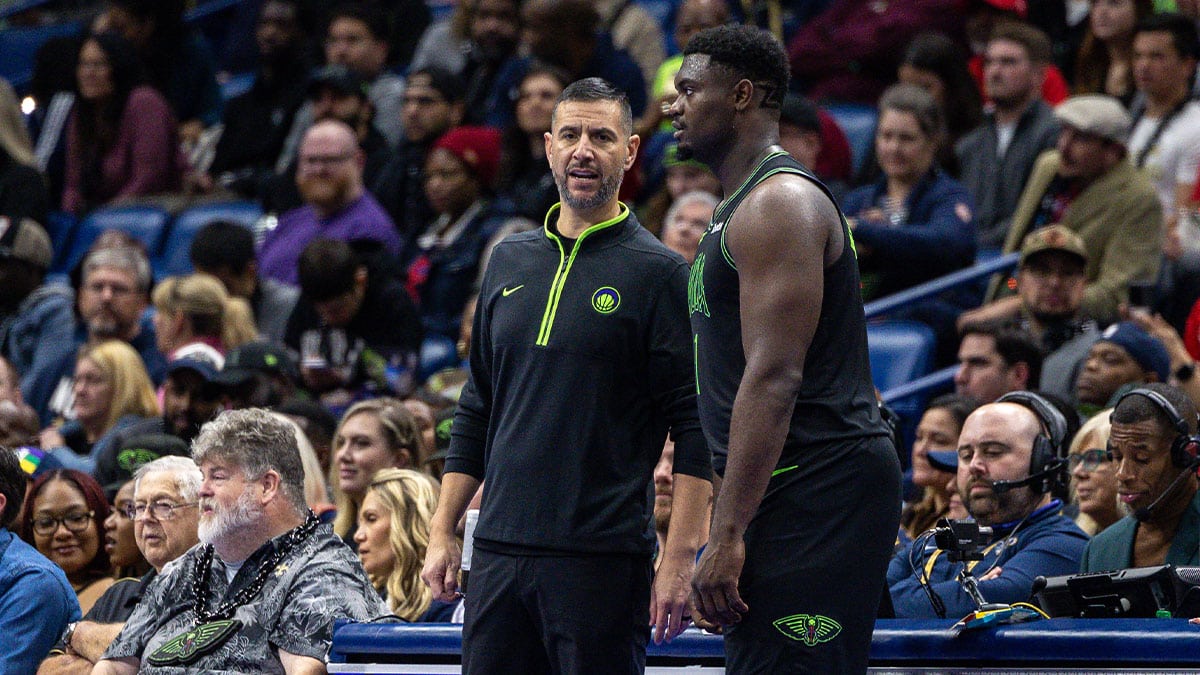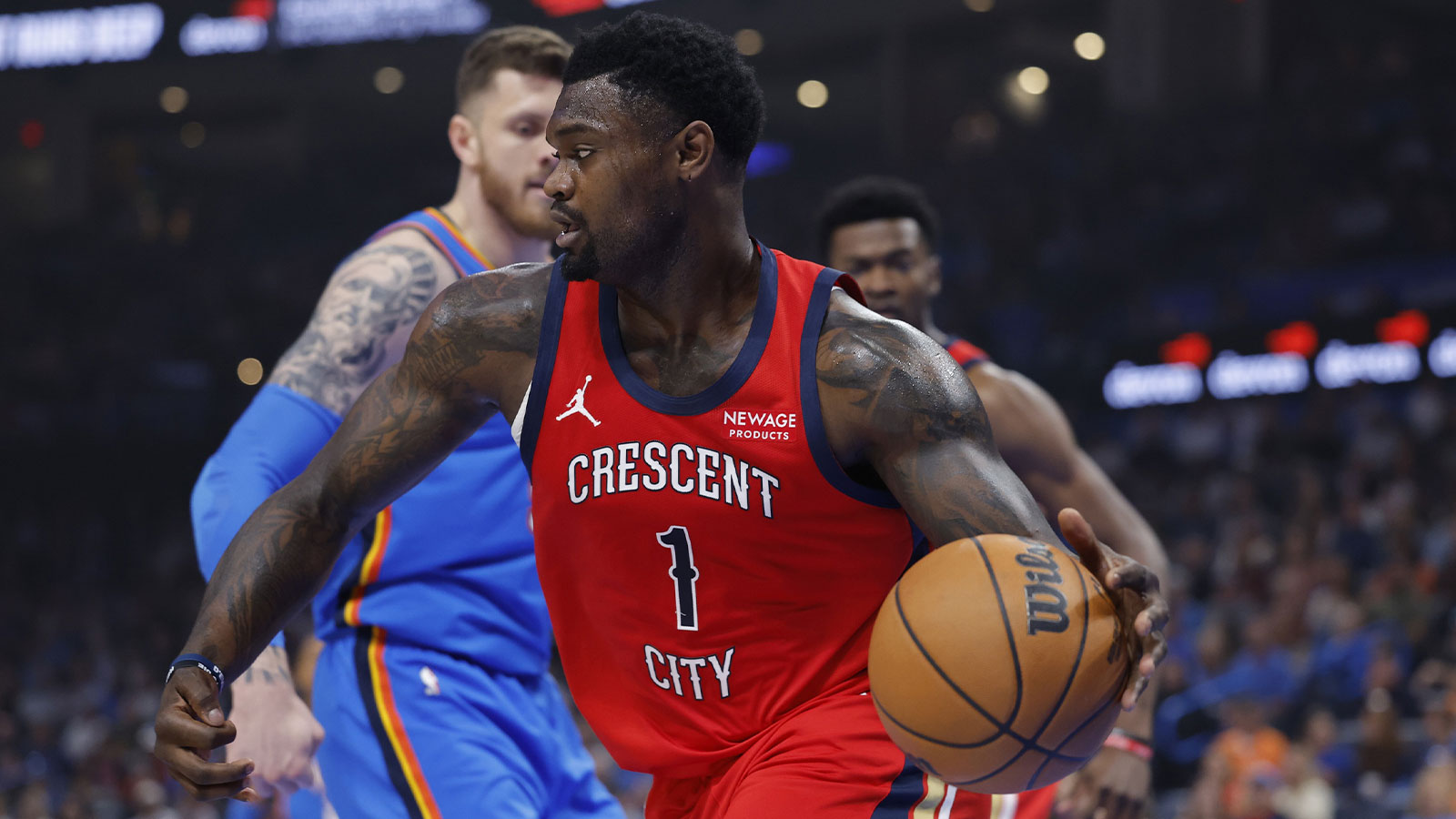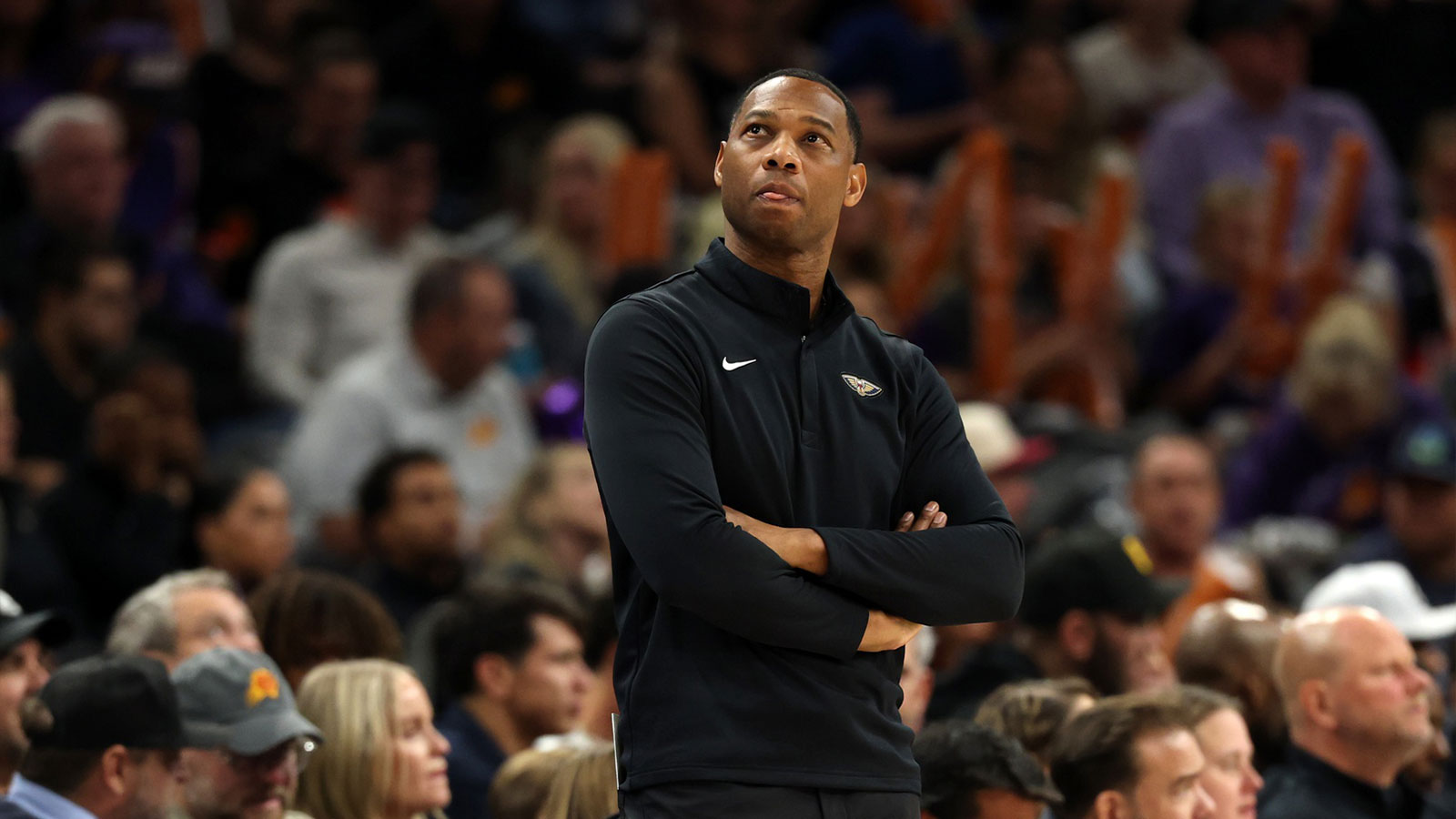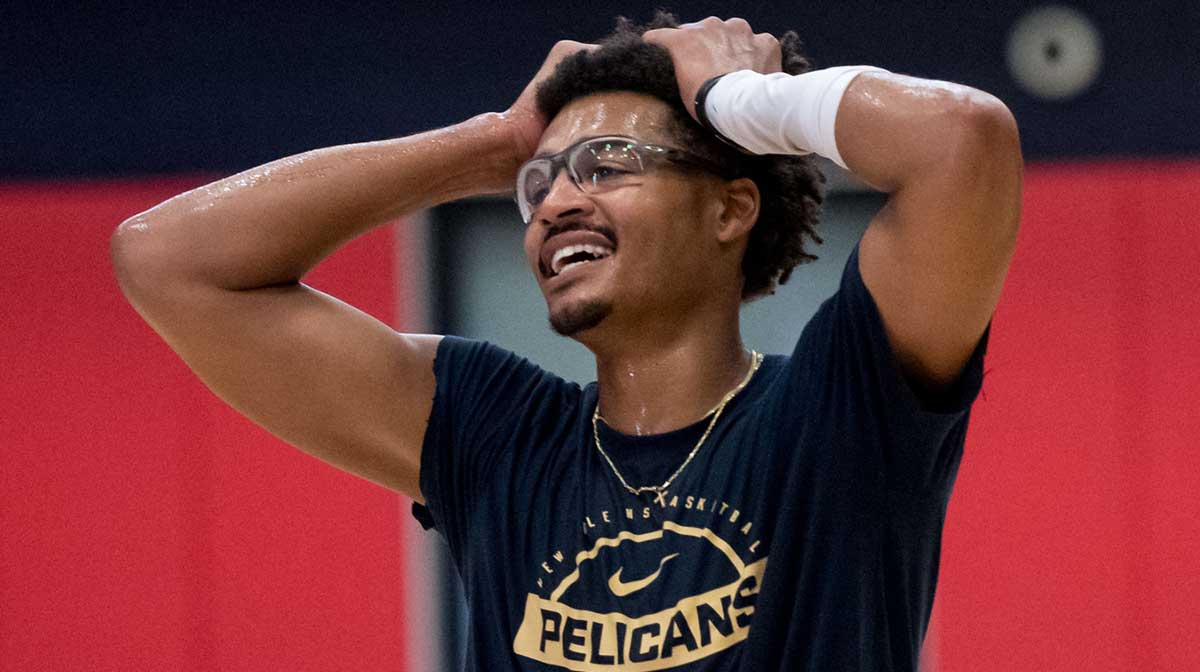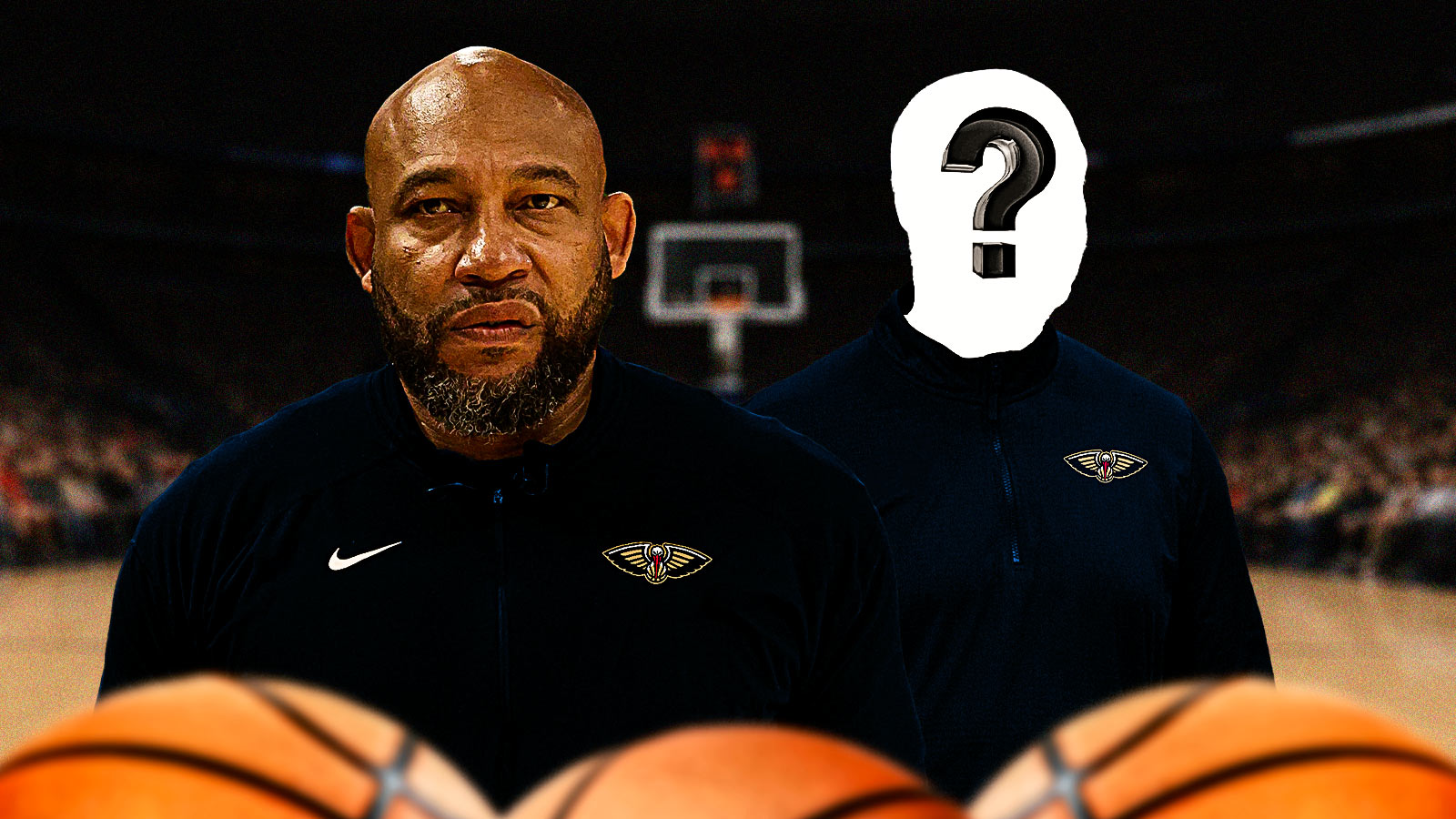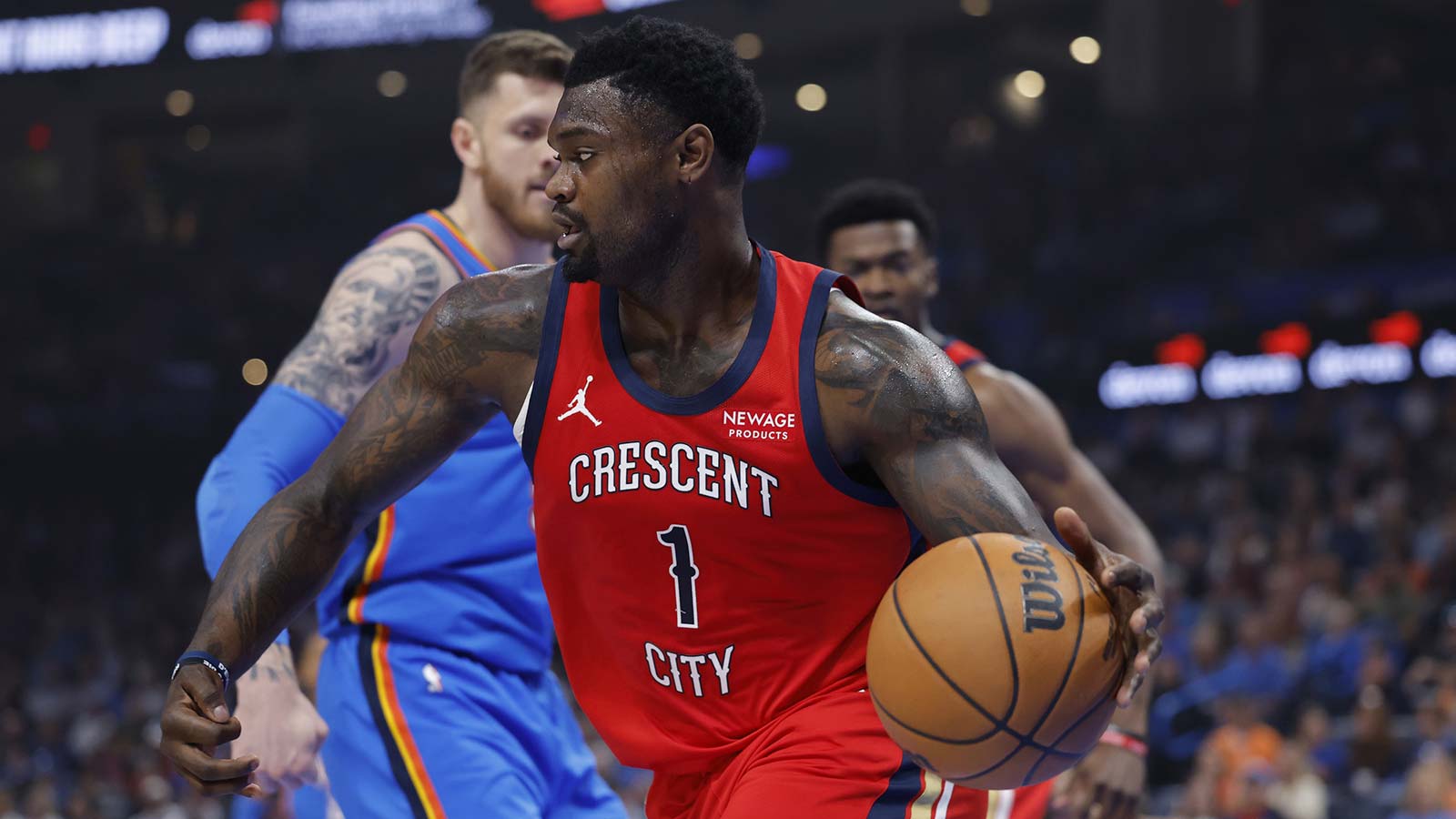When Joe Dumars took over the reins of the New Orleans Pelicans' front office, many expected sweeping changes and a clearer vision for the franchise. So far, that vision has been difficult to define. Are the Pelicans rebuilding around Zion Williamson? Are they trying to stay competitive with a flawed roster? Or are they simply stockpiling assets without a clear plan for their deployment?
This summer, those questions became more urgent. After a puzzling offseason that included trading for Jordan Poole and signing Kevon Looney, the Pelicans made their most consequential, and potentially most damaging, move on NBA Draft night. In an aggressive attempt to move up the board, New Orleans gave up the No. 23 overall pick in the 2025 NBA Draft, plus their 2026 first-round pick swap with the Milwaukee Bucks, to move up and select center Derik Queen at No. 13. That single transaction could come to define this era of Pelicans basketball, and not for the better.
The move the Pelicans should've made instead
Rather than panicking to move up the board, the Pelicans should’ve simply stayed put at No. 23 and taken the best available talent or traded down for multiple assets. It’s not as if they were a Derik Queen away from contending.
At 23, they could have walked away with Asa Newell themselves, a mobile forward with size and upside. Alternatively, they could have packaged pick 23 with a future second-rounder to trade back and acquire multiple role players, a better fit for a team in desperate need of complementary talent, not redundant skillsets.
After trading away Kelly Olynyk, who was one of their only big men capable of shooting threes, New Orleans did nothing to replace his floor-spacing presence. Instead of adding another low-post big in Queen, the Pelicans should’ve pursued a stretch four or five, either through the draft or free agency.
The free agent market had reasonable options like Myles Turner, Trey Lyles, or even Mo Wagner, players who can space the floor and complement Zion or Looney. On the perimeter, guards like Monte Morris or Markelle Fultz could’ve provided more steady-handed playmaking than the high-variance Poole.
Simply put, this offseason should’ve been about balancing the roster. Not stacking it with more of the same.
The one move the Pelicans should’ve avoided in the 2025 NBA Offseason
In isolation, Derik Queen is an intriguing prospect. He’s a 6-foot-9 center with solid low-post skills, soft touch around the basket, and a strong rebounding presence. But he’s not a generational talent. He’s not a guaranteed franchise cornerstone. And he’s already hurt. Queen suffered a wrist injury during the Summer League and will miss the start of the regular season.
The New Orleans Pelicans announced today that forward/center Derik Queen underwent successful surgery to address a torn scapholunate ligament in his left wrist. The surgery was performed this morning by Dr. Steven Shin in Los Angeles, California.
Queen sustained the injury… pic.twitter.com/6uIgQk4L1P
— New Orleans Pelicans (@PelicansNBA) July 18, 2025
This wouldn’t be so alarming if Queen had been a player who fell into the Pelicans’ lap at 13. But he wasn’t. To move up and get Queen, New Orleans parted ways with two significant draft assets: the No. 23 pick, which the Atlanta Hawks used to select forward Asa Newell, and their 2026 first-round swap rights with Milwaukee. That swap, in particular, could prove disastrous.
At present, neither New Orleans nor Milwaukee is guaranteed to be a playoff team in 2026. The Bucks are dealing with aging stars and chemistry issues, while the Pelicans have no consistent point guard play, a cluttered frontcourt, and an injury-prone core in Zion Williamson, Dejounte Murray, Trey Murphy III, and Herb Jones. If both teams falter, that swap could have easily netted the Pelicans a top-10 or even top-5 pick. Instead, it now belongs to Atlanta.
To make matters worse, Queen’s skillset overlaps significantly with Zion Williamson, who remains the focal point of the franchise. Both players operate best in the paint. Neither is a reliable shooter from a distance. Neither can comfortably space the floor for others. On paper, it’s hard to envision Queen and Zion sharing the court without choking the offense’s spacing.
And even if Zion’s health continues to be inconsistent, the Pelicans already signed Kevon Looney in free agency, another traditional big who can't shoot. So the addition of Queen creates a logjam at center, while still doing nothing to address the team’s need for perimeter defense, floor spacing, or playmaking.
New Orleans now has three centers (Zion, Queen, Looney) who can’t stretch the floor and an expensive combo guard in Jordan Poole, who may be one of the most turnover-prone players in the league. The roster lacks structure. The fit makes little sense. And the front office doesn’t seem concerned.
The bigger problem: A lack of strategic direction
While Queen’s injury and the high price tag are concerns in their own right, the more troubling pattern is a lack of cohesive vision. The Pelicans have a mix of young players, some developing, some injured, and veterans who don’t solve their biggest problems. There’s no defined timeline. There’s no true offensive identity. There’s no clear pathway back to playoff contention.
ESPN’s Kevin Pelton was blunt, giving the Pelicans the only “F” in his 2025 offseason grades. He described the Queen trade as “the most lopsided transaction of the summer,” and he’s not wrong.
Every move from New Orleans this offseason has felt like a swing without a target, whether it's trading for Poole, giving up future draft flexibility, or stacking up paint-bound bigs.
A gamble that didn’t need to happen
The New Orleans Pelicans didn’t need to mortgage their future to draft Derik Queen. They weren’t a center away from competing. They didn’t need to give up a potentially lottery-level asset just to add a player who overlaps with Zion Williamson and is already dealing with injury issues.
Instead, they could’ve stood pat, added wing depth or shooting, and retained their flexibility for the future.
Joe Dumars may have a vision for this team, but until that vision becomes clearer, fans and analysts alike are left wondering whether the Pelicans just made a franchise-altering mistake that didn’t need to happen.




